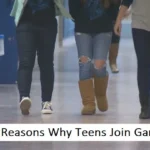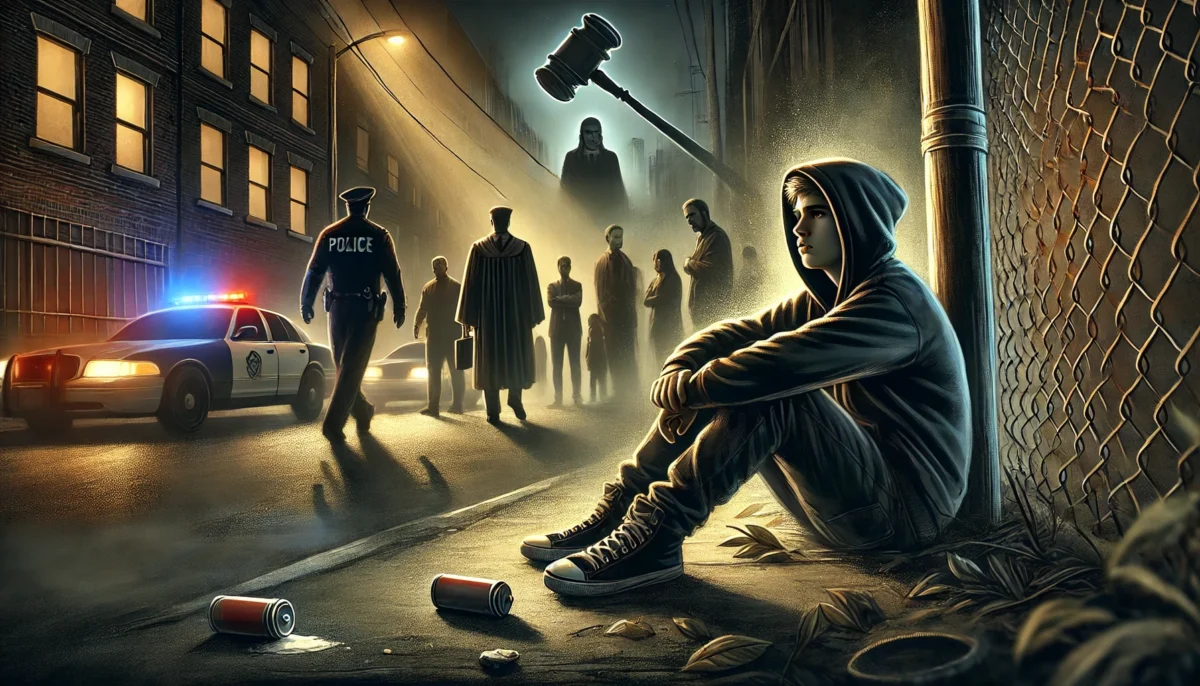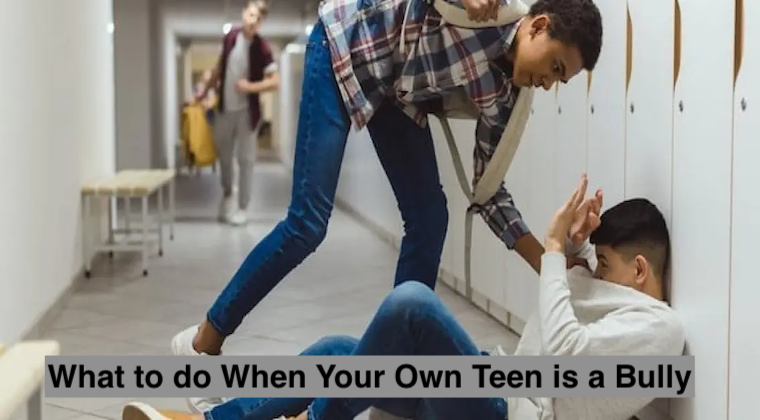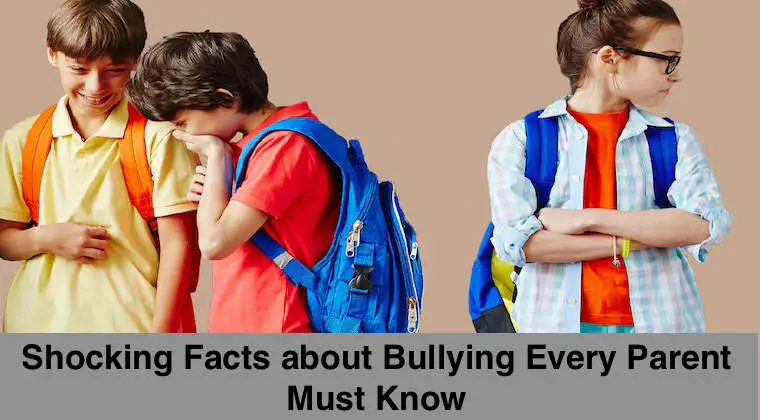Juvenile delinquency is a pressing issue that affects communities worldwide. It refers to illegal or antisocial behavior by minors, typically under the age of 18. From petty theft to more serious crimes, juvenile delinquency can have far-reaching consequences for individuals, families, and society as a whole. But what drives young people to engage in such behavior, and how can we address it? In this article, we’ll explore the causes, consequences, and solutions to juvenile delinquency, offering a comprehensive guide to understanding and tackling this complex issue.
What is Juvenile Delinquency?
Juvenile delinquency encompasses a range of behaviors, from minor offenses like truancy and vandalism to more serious crimes like assault or drug trafficking. While some delinquent acts are one-time occurrences, others may indicate a deeper pattern of criminal behavior. Understanding the root causes is key to preventing and addressing juvenile delinquency.
Causes of Juvenile Delinquency
Juvenile delinquency doesn’t arise in a vacuum. It’s often the result of a combination of factors, including:
- Peer Pressure
The influence of friends and social groups can push young people to engage in risky or illegal behavior. For example, a teen might shoplift or vandalize property to gain acceptance from their peers. To learn more about how peer pressure impacts behavior, read this article: Peer Pressure: How to Say No and Stay True to Yourself. - Family Environment
A lack of parental supervision, family conflict, or exposure to domestic violence can contribute to delinquent behavior. Children who grow up in unstable homes are more likely to act out. - Socioeconomic Factors
Poverty, lack of education, and limited access to resources can drive young people to crime as a means of survival or rebellion. - Mental Health Issues
Untreated mental health conditions like depression, anxiety, or conduct disorder can lead to impulsive or aggressive behavior. - Substance Abuse
Drug and alcohol use can impair judgment and increase the likelihood of criminal activity. - Exposure to Violence
Growing up in a violent neighborhood or being exposed to violent media can desensitize young people to aggression and crime.
Consequences of Juvenile Delinquency
The impact of juvenile delinquency extends far beyond the individual. It affects families, communities, and society as a whole. Here are some of the most significant consequences:
- Legal Consequences
Juvenile offenders may face fines, community service, probation, or even detention. A criminal record can limit future opportunities for education and employment. - Emotional and Psychological Trauma
Both victims and offenders can experience long-term emotional scars, including guilt, shame, and anxiety. - Strained Relationships
Delinquent behavior can damage relationships with family, friends, and peers, leading to social isolation. - Cycle of Crime
Without proper intervention, juvenile offenders are at risk of becoming repeat offenders, perpetuating a cycle of crime and incarceration. - Economic Costs
Juvenile delinquency places a financial burden on society, from law enforcement and court costs to the long-term impact of lost productivity.
Solutions to Juvenile Delinquency
Addressing juvenile delinquency requires a multifaceted approach that involves families, schools, communities, and policymakers. Here are some effective solutions:
- Early Intervention Programs
Identifying at-risk youth and providing support before they engage in delinquent behavior can prevent crime. Programs like mentoring, counseling, and after-school activities can make a significant difference. - Parental Involvement
Parents play a crucial role in preventing delinquency. By providing guidance, setting boundaries, and fostering open communication, parents can help their children make better choices. - Education and Skill-Building
Providing access to quality education and vocational training can empower young people and reduce the likelihood of criminal behavior. - Community Outreach
Community programs that promote positive activities, such as sports, arts, and volunteer work, can keep young people engaged and away from crime. - Mental Health Support
Addressing underlying mental health issues through counseling and therapy can help young people develop healthier coping mechanisms. - Restorative Justice
Instead of punitive measures, restorative justice focuses on repairing harm and rehabilitating offenders. This approach encourages accountability and reduces recidivism.
For insights into how peer pressure and cyberbullying contribute to delinquency, check out these articles:
- Peer Pressure: How to Say No and Stay True to Yourself
- Cyberbullying: What It Is, How to Spot It, and How to Stop It
Real-Life Example: Alex’s Turnaround
Alex, a 15-year-old from a troubled neighborhood, was on the path to delinquency. He had been caught shoplifting and skipping school, and his future looked bleak. But with the help of a community mentorship program, Alex turned his life around. He joined a local basketball team, received counseling for his anger issues, and eventually graduated high school with honors. Today, Alex is a youth counselor, helping others avoid the mistakes he made.
The Role of Schools and Communities
Schools and communities are on the front lines of preventing juvenile delinquency. Here’s how they can make a difference:
- Implement Anti-Bullying Policies: Bullying, both in-person and online, can contribute to delinquent behavior. Schools must take a stand against it.
- Promote Positive Role Models: Mentors and community leaders can inspire young people to make better choices.
- Provide Safe Spaces: After-school programs and community centers can offer alternatives to risky behavior.
Final Thoughts
Juvenile delinquency is a complex issue, but it’s not insurmountable. By addressing the root causes, providing support, and fostering a culture of accountability, we can help young people build brighter futures. Remember, every child deserves a second chance—and with the right guidance, they can overcome the odds.










